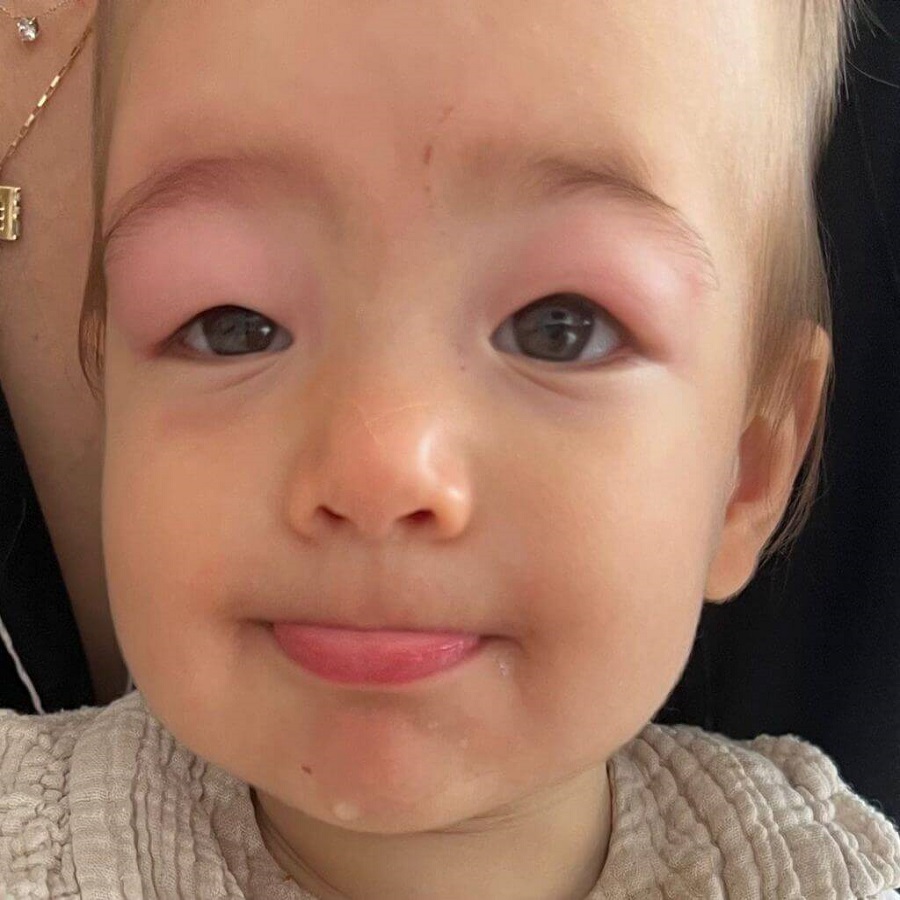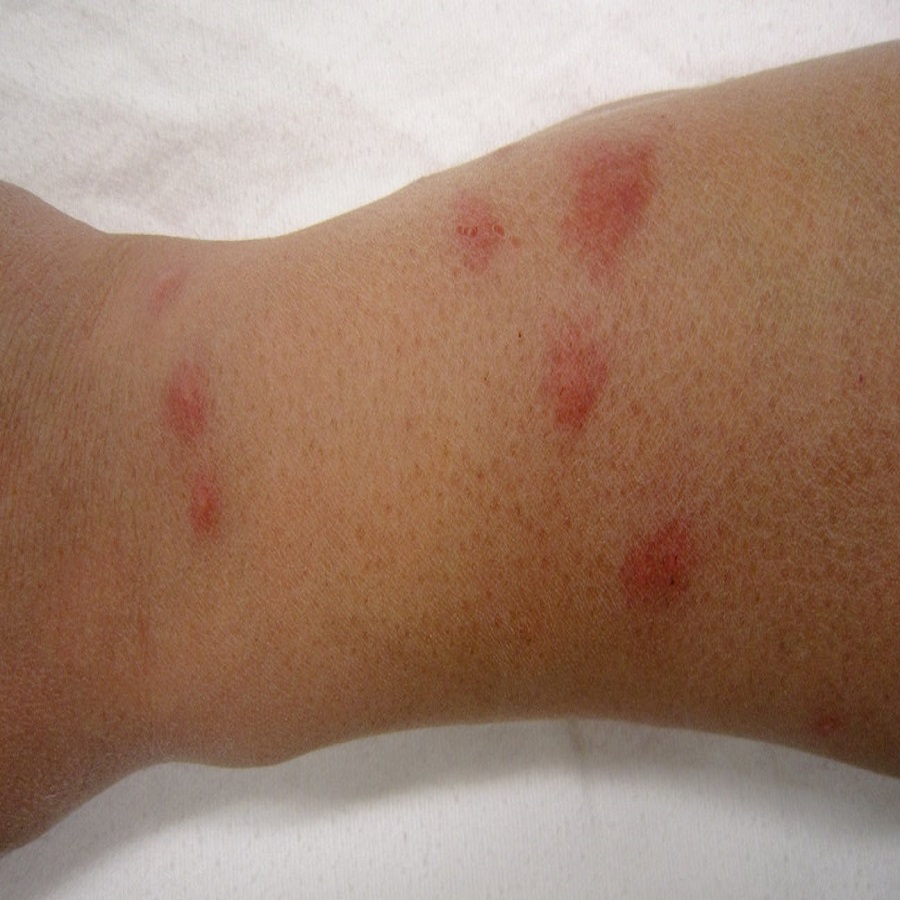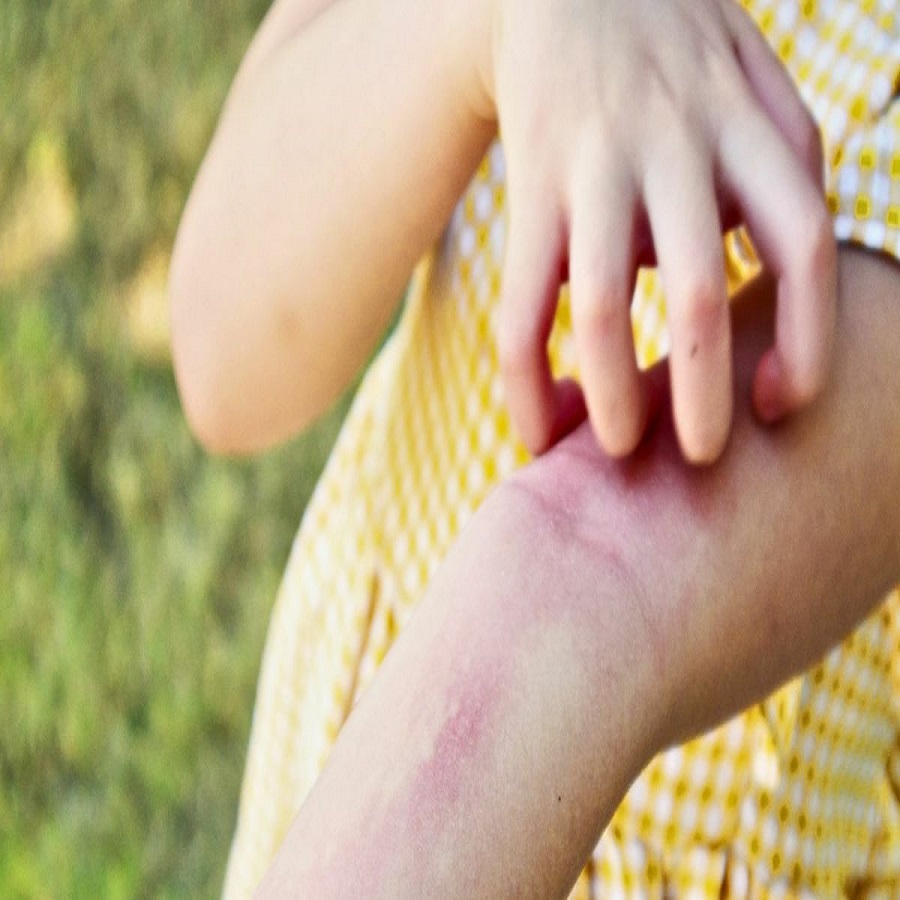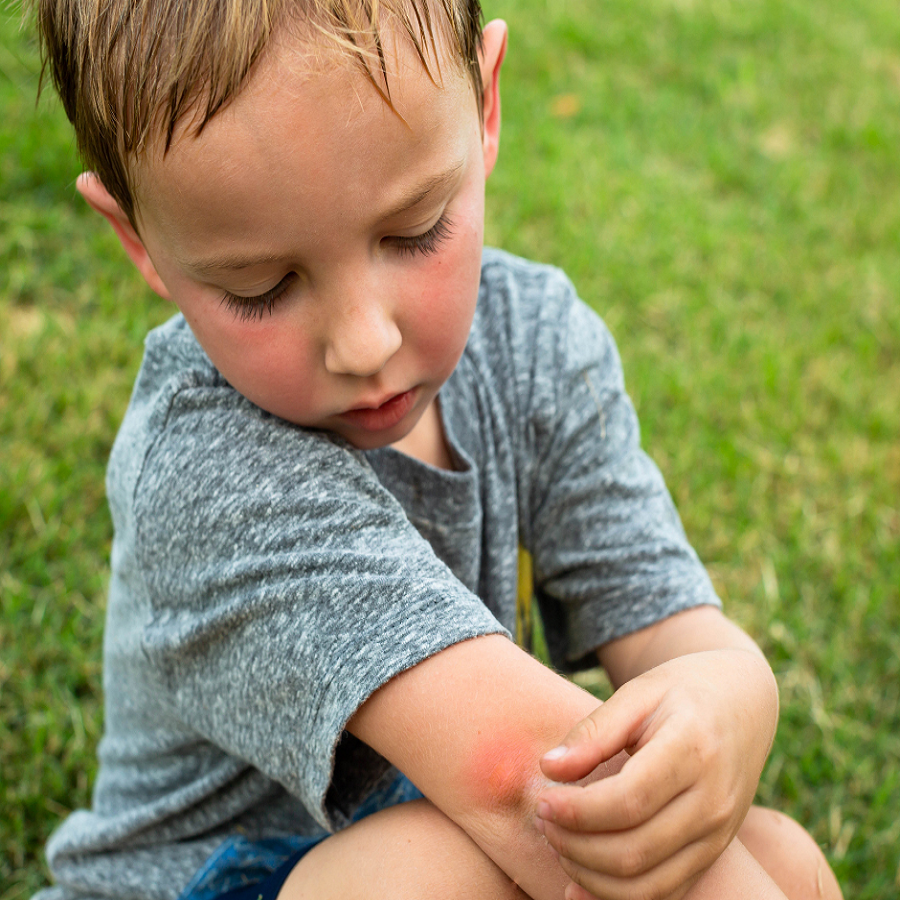Common Bug Bites in Toddlers
Toddlers often play outside and can get bug bites. These bites are usually from common insects. Most times, the bites are harmless and only cause minor symptoms. These symptoms include small red bumps, and itching or swelling. Some bugs might also cause pain. Examples of bugs that bite toddlers include mosquitoes, fleas, and ants. Spiders can bite too, but this is less common.
To recognize the bites, look for redness or swelling. Mosquito bites often cause itchy, raised welts. Flea bites might appear in clusters or lines. Ant bites could cause a sharp pain and a red bump. For spider bites, you might see two small puncture marks.
Most bug bites only need simple care at home. This care involves washing the area with soap and water. Using a cold compress can reduce swelling. Over-the-counter creams might help with itching. Keep your toddler’s nails trimmed to avoid scratching.
It’s important to keep an eye on the bites. Watch for signs of infection like increased pain, redness, or pus. If you see these or the bites look different from common bug bites, call a healthcare provider.
In short, common bug bites in toddlers aren’t usually a cause for worry. But parents should monitor the bites for changes and know when to seek help. Remember, prevention is best. Keep toddlers’ play areas clear of standing water and tall grasses where bugs like to hide.

Home Remedies for Treating Toddler Bug Bites
Treating bug bites on toddlers at home can be simple and effective. Here are some remedies that may help ease your child’s discomfort:
- Clean the Bite: Start by gently washing the bite area with soap and water. This can prevent infection.
- Cold Compresses: Applying a cold pack or a damp cloth can reduce swelling and pain. Use for short times.
- Anti-Itch Creams: Over-the-counter creams like hydrocortisone can soothe itching. Only use as directed.
- Baking Soda Paste: Mixing baking soda with water creates a paste. Apply it to bites for relief.
- Keep Nails Short: Trim your toddler’s nails to stop them from scratching the bites and causing sores.
- Distraction: Keep your toddler busy with activities. It helps them forget about the itch.
- Loose Clothing: Dress your child in loose-fitting clothes. This prevents extra irritation on the bite.
Home treatment is usually all you need for common bug bites. But always keep an eye on the bites for any signs of a more serious problem. If redness, swelling, or pain worsens, get medical help.
Recognizing Allergic Reactions from Bug Bites
It’s crucial to recognize when a bug bite is more than just a minor annoyance. Allergic reactions can range from mild to severe and knowing the signs can ensure quick and appropriate action. Here’s what parents should watch for:
- Immediate Swelling: If the bite area swells rapidly, this could be an allergic reaction.
- Hives or Rash: Look for red, itchy welts or a rash that spreads beyond the bite site.
- Breathing Difficulty: Wheezing, coughing, or trouble breathing are alarming signs.
- Swelling of Face or Limbs: Noticeable swelling of the face, lips, or limbs is serious.
- Dizziness: Feeling faint or dizzy following a bite can indicate a severe reaction.
- Stomach Upset: Nausea, vomiting, or diarrhea may accompany an allergic response.
While mild reactions often improve with antihistamines, serious ones need immediate medical attention. If a toddler experiences trouble breathing, significant facial swelling, or severe gastrointestinal symptoms, call 911 without delay. Rapid treatment is essential for serious allergic reactions, also known as anaphylaxis.
After any allergic reaction, it’s a good idea to consult a healthcare provider. They can advise on future prevention and, if necessary, provide an epinephrine injector for emergencies.
When to Seek Medical Attention for Bug Bites
When bug bites on toddlers seem serious, it’s time to seek medical help. Look for these warning signs that can indicate the need for medical attention:
- Persistent Pain or Swelling: If the bite area remains swollen or painful after 24 hours, see a doctor.
- Fevers or Chills: Fever or chills after a bug bite can suggest an infection.
- Red Streaks: Red lines leading from the bite might show spreading infection.
- Pus or Discharge: Yellow or green fluid oozing from the bite is a bad sign.
- Allergy Symptoms: Swelling of the face, trouble breathing, or a fast heartbeat are emergencies.
- Not Acting Normal: If a toddler is unusually tired, irritable, or crying more, it could be serious.
Remember, prevention is key. Check toddlers often when they play outdoors. Use repellent safely and dress them in protective clothing. If worried, don’t wait. Call your doctor or go to the emergency room right away. Trust your instincts as a parent when it comes to your child’s health.

Preventing Bug Bites in Toddlers
Preventing bug bites is important for any toddler’s outdoor play. Here’s what parents can do:
- Use Repellent Safely: Choose insect repellents suitable for toddlers. Ensure it contains no more than 30% DEET. Always read labels carefully.
- Cover Skin: Dress toddlers in long sleeves and pants. This protects skin from bites.
- Stay Clear of Insects: Keep toddlers away from areas where insects gather. Avoid stagnant water and trash.
- Check Play Areas: Regularly inspect outdoor play spaces. Remove standing water and debris.
- Window and Door Screens: Fix torn screens to keep insects out of the house.
- Avoid Strong Scents: Skip scented soaps or lotions. They can attract bugs.
- Bright and Flowery Prints: These can also attract insects. Dress toddlers in light-colored, plain clothes instead.
- Vigilance: Always watch toddlers during outdoor activities. Promptly remove them from areas with high bug activity.
Safe Use of Bug Repellent for Toddlers
As parents, you want to protect your toddler from bug bites. Using bug repellent is a good strategy. But you must do it safely. Here are some tips:
- Choose Toddler-Safe Repellents: Look for products safe for toddlers. They should have no more than 30% DEET.
- Read Labels: Always check the repellent’s label before using it on your child.
- Apply Correctly: Spray repellent on your hands first. Then put it on toddler’s skin. Avoid hands, eyes, and mouth.
- Dress then Spray: Put repellent on clothes too. Do this before your toddler wears them.
- Reapply as Needed: Follow instructions on how long the repellent lasts. Reapply when needed.
- Wash Off: Once inside, wash the repellent off your toddler’s skin.
By following these steps, you can help keep bugs away from your little one. And keep them safe from harmful chemicals too. For toddlers under 2 months, skip the repellent. Instead, use a carrier with a net to protect them from bugs.
Special Considerations for Traveling with Toddlers
When traveling with toddlers, keep in mind that they are at a higher risk for bug bites. Different countries have insects that may carry diseases like malaria or dengue fever. Follow these tips to protect your little ones on the go:
- Visit Your Pediatrician: Before the trip, talk to your doctor about vaccines and precautions.
- Pack Appropriate Clothing: Bring along light-colored, long-sleeved shirts and pants for your toddler.
- Bring Bed Nets: If you’re staying in places with lots of bugs, use bed nets for extra protection.
- Use Travel-Safe Repellent: Choose repellents safe for toddlers and effective against local insects. Read labels for age restrictions.
- Check For Bugs in Accommodations: Look over your stay for signs of insects to avoid bites.
- Keep an Eye on Your Child: Watch your toddler closely for any unusual signs after bites.
By planning ahead and being prepared, you can help ensure your toddler’s safety from bug bites during travel.

Addressing Complications from Specific Insect Bites
When treating bug bites on a toddler, it’s important to know when complications arise. Some insect bites can lead to more serious issues that require immediate care. Here’s how to address complications from specific insects known to bite children:
- Bed Bugs: These can cause clusters of bites that become itchy and inflamed. Clean the area and use anti-itch creams. Check bedrooms for infestations.
- Mosquitoes: They can carry diseases like West Nile Virus. If fever, headache, or body aches follow a bite, contact a doctor.
- Ticks: They are known for Lyme disease. Look for a bullseye rash and flu-like symptoms. If spotted, get medical help fast.
- Spiders: While rare, bites from black widows or brown recluses are dangerous. Symptoms include severe pain and muscle cramps. Seek emergency care if suspected.
- Scabies: These mites cause intense itching and a pimple-like rash. Treatment involves prescription creams from a healthcare provider.
- Bees and Wasps: Stings can cause allergic reactions. If there’s trouble breathing or swelling of the face, call 911.
- Fire Ants: Their bites can cause painful, itchy welts. Use cold compresses and antihistamines to reduce discomfort.
If a toddler shows signs of infection or allergic reactions from any bug bite, don’t wait. Contact your doctor or go to the emergency room. With fast action, complications can be managed effectively, ensuring your toddler’s health and well-being.
